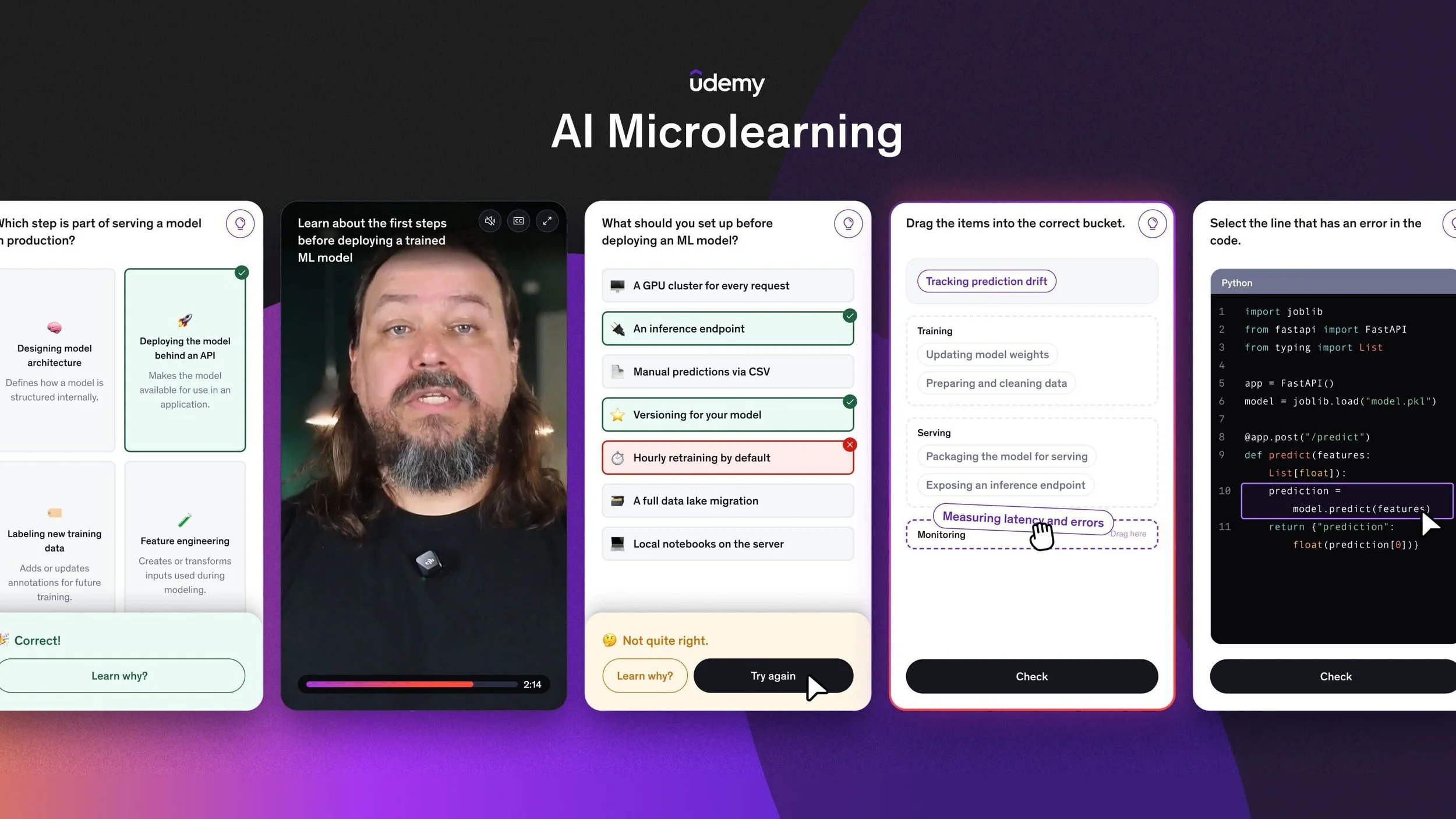What evidence-based EdTech adoption should look like in 2025
Suppose a school district in London pilots a new digital learning platform for its early elementary students. This decision would likely not be based on shiny demos and persuasive sales pitches. Administrators can demand something far more critical: proof that the platform delivers on its claims.
When an EdTech tool is adopted only after it provides measurable gains, that’s a data-driven decision. This is largely becoming the norm in the rapidly growing EdTech market, which is projected to generate $31,151.5 million by 2030. With a CAGR of 13%, it’s clear that digital learning is becoming mainstream in the UK.
However, EdTech cannot satisfy its users just by being AI-powered or interactive. The technology should be backed by real evidence of effectiveness. This shift in accountability is giving rise to a more mature phase in EdTech, something this article will explore. We will discuss what evidence-based EdTech is supposed to look like in 2025.
The end of ‘EdTech for EdTech’s sake’
EdTech, in the form of audio-visual tools, started as early as the 20th century. In those initial days, the excitement surrounding these platforms was marked by digitization itself. It was commonplace to adopt a particular tool simply because it was digital or novel.
We see that mindset changing today. Educators and even institutions want to see real proof that technology boosts learning. The lure of flashy features is not enough. That's a promising shift, especially since studies have found that 85% of EdTech was estimated to be poor fits or improperly implemented.
As a result, the return on investment (in the form of learning) would have been minimal. Schools and programs are justified in seeking tools that are supported by impact studies, usage data, and learner outcome research.
Be it adaptive assessments or simulation labs, all must show measurable efficacy to be considered. This has particularly become crucial for medical education. To guide EdTech decisions, a growing number of institutions are using evaluation frameworks these days. They include:
Every Student Succeeds Act (ESSA) tiers for K-12 districts
Third-party validation studies for higher education platforms
Internal data pilots and usage analytics for performance tracking
Tools that fail to meet outcome benchmarks or do not offer transparent data are being left behind.
Online learning raises the stakes
There was a time when learning primarily happened within the walls of a (physical) classroom. Online learning was somewhere in the periphery. Today, it has moved towards the center, becoming a pillar in high-stakes fields.
With rising expectations on what learners should be able to do after graduation, EdTech must respond with scalable solutions that deliver measurable outcomes. Take the example of students pursuing a Family Nurse Practitioner (FNP) course online as a representative example.
FNPs are advanced practice registered nurses who extend primary care across the lifespan. This means there are times they must step into roles traditionally held by physicians. As demand for such nurses grows, many aspirants are turning to flexible options like an FNP program online. This allows them to upskill while they continue to work.
However, it also increases EdTech’s responsibility in equipping students with clinical depth for real-world care delivery. In today’s leading online FNP programs, students are expected to engage with rigorous academic content that rivals in-person training.
Texas Woman’s University shares that students must deepen their knowledge of pharmacology, pathophysiology, applied research, and other advanced topics. Plus, they must demonstrate leadership, critical reasoning, and person-centered care: qualities that go beyond textbook learning.
All of this requires intentional design and mentorship, even in digital formats. In a nutshell, online learning has only raised the bar for what's expected of EdTech in high-accountability fields. The programs that will stand out today will offer more than flexibility; they will support excellence.
What ‘evidence-based’ should mean
The rush to digitize education began during the pandemic. Today, nearly 60% of students side with online courses simply because they are adaptable.
This doesn't mean there are no gaps. The education industry still needs to stop using the term ‘evidence-based EdTech’ loosely. Not every tool that's labelled ‘research-based’ warrants adoption. It must be based on peer-reviewed research, ideally one that has been tested independently.
The tool should provide a measurable impact and be evaluated based on recognized systems like the ESSA evidence tiers. Latest studies only highlight how crucial this is. In a 2024 report, only 32% of the EdTech tools were found to be in line with ESSA evidence tiers. The figure rose to 45% in 2025, but there's still a long way to go.
Moreover, given the number of students who choose remote learning these days, the gap becomes all the more critical to address. The question of the hour is no longer whether EdTech will be a part of future education. The focus should be on how reliably it can support learning outcomes across diverse subjects and skill levels.
EdTech cannot be considered evidence-based unless it is transparent regarding its intended impact. Again, credibility should never be about meeting compliance standards.
The focus is to gain and retain the trust of educators and learners. So, evidence-based education would also involve continuous assessments of real-world impact and updating tools based on analytics/user feedback. This is precisely why the data analytics market in EdTech is exhibiting a massive growth of 23.1%.
Practical steps to build an evidence-based EdTech strategy
Truly impactful EdTech solutions will only be those that rely on more than inspiration. They should be intentionally aligned with research, outcomes, and real-world needs. Listed below are practical steps to guide this process:
Define clear learning objectives. Start by identifying the specific outcomes the technology must achieve, be it increasing learning retention or fostering collaborative problem-solving.
Use models like the ESSA evidence tiers to guide the design and implementation process of the tool or platform.
Conduct pilot tests and A/B experiments before scaling. This will provide valuable data on usage, engagement, and learning outcomes.
Prioritize data integrity and privacy. This means any data collected should be both accurate and ethically sourced.
Develop mechanisms for ongoing user feedback, both qualitative and quantitative.
Publish and share results transparently, whether they're positive or not. This will help others to learn and adapt.
Collaborate with educators, researchers, and instructional designers. They can help with classroom realities and tested pedagogy.
Even globally, the EdTech market is maintaining a double-digit CAGR of 15.9% till 2029. Big funding shifts are also taking place as EdTech demand is expected to create a market that’s worth $170.8 billion.
While the stakes are high, EdTech cannot afford to ignore the needs of the time. It must go from simply being advanced to bringing solid, real value to its users.
In that sense, the future of education is not just about smarter platforms, but about smarter choices. The best news is that those choices will always be human-driven.





















